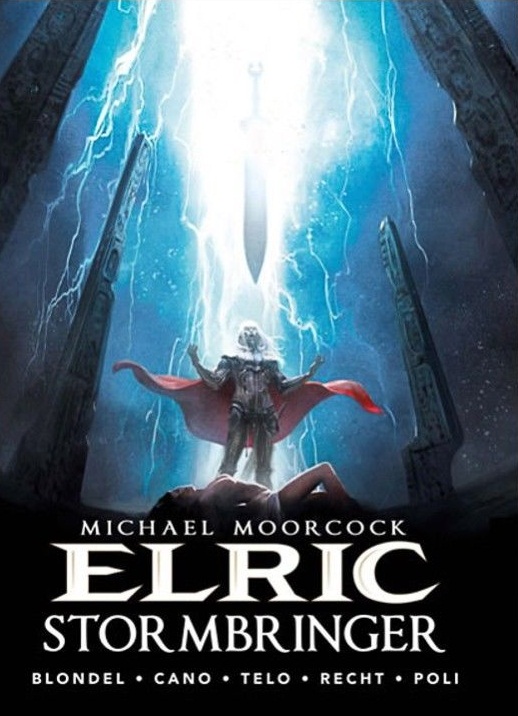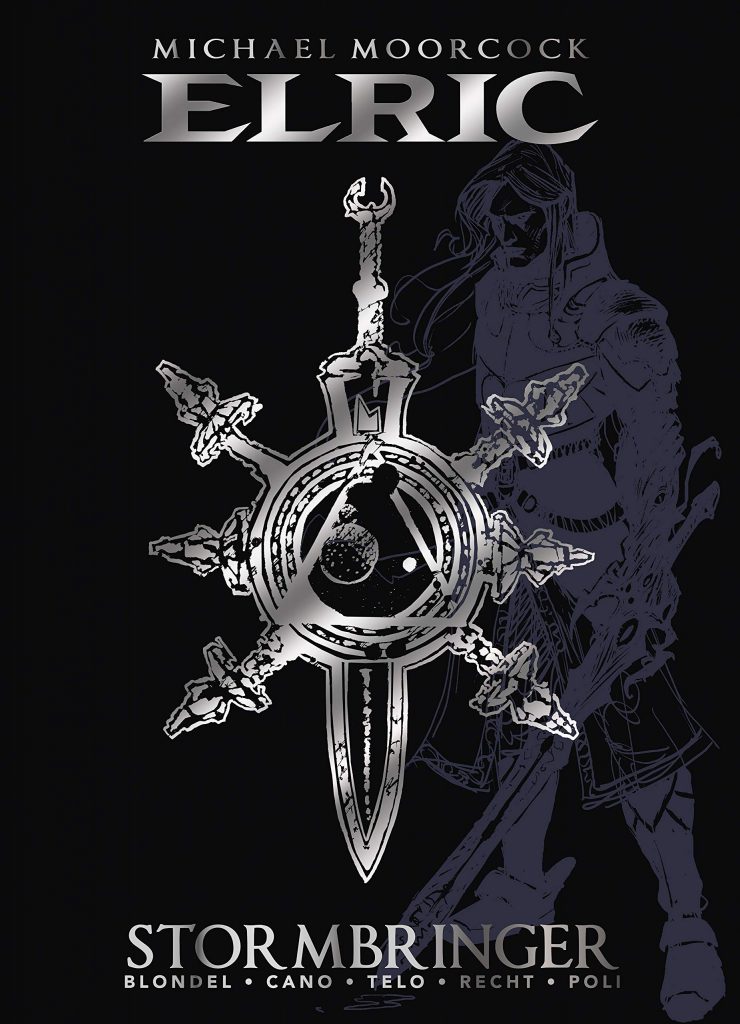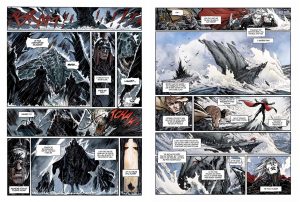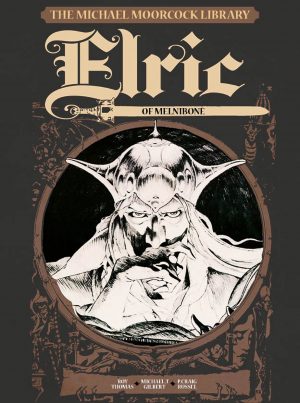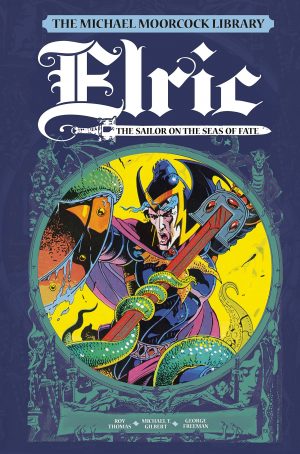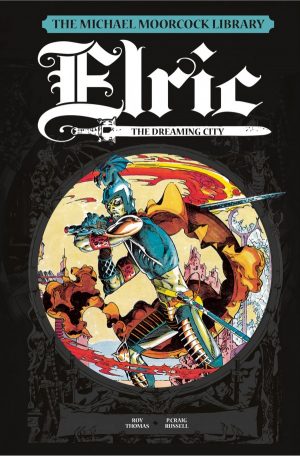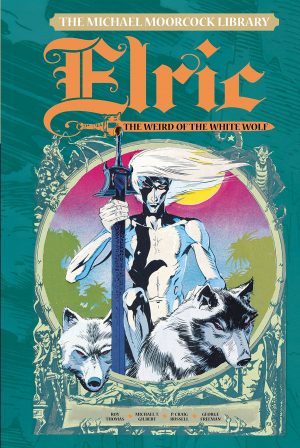Review by Frank Plowright
As a new interpretation of Elric’s world, The Ruby Throne was a visual tour de force, leaving no doubts as to the validity of Elric’s adventures being adapted for comics again. It presented an arrogance and cruelty to Elric’s land of Melniboné, mentioned, but never really seen in previous adaptations, and reinforced the pulp action hero schematics surrounding Elric. That’s a theme continued throughout Stormbringer as an enraged Elric calls on the gods for help in recovering his kidnapped love and for revenge on her abductor. Dire prophecies are given about the course Elric will follow, but he laughs them off as beyond the bounds of credibility.
Writers Julien Blondel and Jean-Luc Cano restore the anger to Elric, who’s not the sympathetic and conflicted hero figure of earlier graphic novel adaptations, but a vengeful ruler entirely sure of the Melinbonéan entitlement to dominate by might alone. He’s capable of astonishing cruelty and contempt for humanity. Equally, the gods Elric calls on adhere to the same standards of contempt, adding a capriciousness to their own cruelty.
An artistic turmoil to match the storms of the story appears to have taken place, with artist Didier Poli, who put so much work into designing the look of the series, jumping ship after twelve magnificent pages. What follows is a form of either artistic collaboration or compromise, depending on how you view the production process. Robin Recht inks Poli’s pencils, but then lays out the pages for Julien Telo before then inking his pencils also. Recht’s layouts lack the expansive sense of scale that Poli brought to Elric, and the ornate details are absent from Telo’s pencil work, with the result being a far more traditional look. Colourist Jean Bastide, Jean-Baptiste Hostache and Mathieu Lauffrey are all given thanks for contributing to the pencilling of a few pages, indicating deadline problems played a part. Whatever the reasons, Telo’s art is good enough, but standards have dropped since The Ruby Throne. That they pick up again with The White Wolf again points to deadline issues.
By the end of a thrilling adventure Elric has been united with the sword Stormbringer, so often later both his salvation and curse, and the authors highlight how its own bloodlust shapes Elric and the decisions he makes. They’re surprising and unpredictable, yet given context as Elric comes to understand some of what the future holds for him and starts the path to tragic heroism.
As with The Ruby Throne, Titan have issued an oversized Deluxe Edition to better display the art, but as that’s not quite as spectacular as previously, it might not be as alluring. It should also be noted that in Moorcock’s original stories Stormbringer was the title of the collection ending Elric’s chronology, so using it for this look at his early life is an odd decision. It’s not the same story as the P. Craig Russell adaptation.
